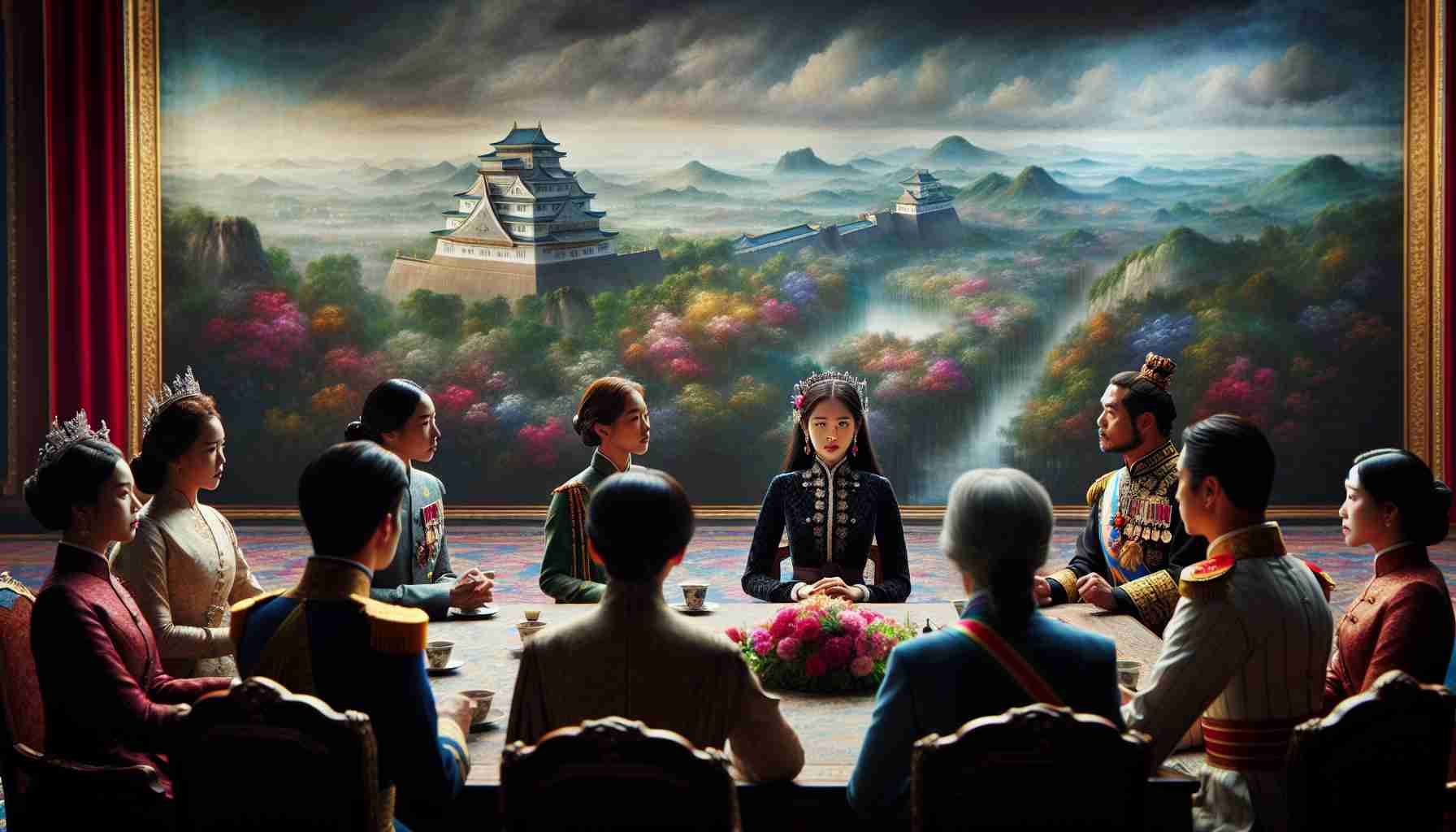- Princess Aiko’s visit to the Shinhama Imperial Duck Preserve highlighted the intersection of modernity and tradition.
- The event marked Princess Aiko’s first participation in the “Diplomatic Duck Hunt Event,” symbolizing cultural exchange and heritage appreciation.
- Princess Aiko and Princess Kako engaged warmly with ambassadors from nearly 20 nations, including Cuba, emphasizing diplomacy and goodwill.
- The location holds historical significance, being where the Emperor proposed to the Empress, adding emotion to the event.
- Princess Aiko’s gracious interactions, conducted in English, reflected Japan’s balance between tradition and modernity.
- The day underscored the power of interpersonal connections and the role of the younger generation in fostering global goodwill.
Under the gentle autumn sun, Princess Aiko stepped into the lush scenery of Shinhama Imperial Duck Preserve in Chiba, creating a memorable portrait of grace and diplomacy. Accompanied by her sister, Princess Kako, she arrived with elegance, her green jacket and checkered skirt hinting at a blend of modernity and tradition.
Each handshake resonated with warmth as the princesses greeted ambassadors from nearly 20 nations, including Cuba. This was more than a ceremonial visit; it marked Princess Aiko’s first participation in the “Diplomatic Duck Hunt Event,” a unique blend of cultural exchange and heritage appreciation. The preserve itself holds sentimental value, being the place where the Emperor proposed to the Empress, adding layers of history and emotion to this enchanting day.
As she moved gracefully among the guests, Princess Aiko conversed in English, her words carrying the breeze of hospitality: “What beautiful weather we’re having” and “I hope you enjoy this experience,” she would say, charming everyone in her presence. The scene painted a picture of Japan’s delicate balance between age-old traditions and the modern world’s demands.
The visit underscored a deeper takeaway: the power of interpersonal connection thriving amidst history and nature. It was a day where old ties were celebrated and new ones forged, showcasing the enduring strength of diplomacy and the artful charm of the Japanese monarchy. With just one appearance, Princess Aiko revealed the role of the younger generation in fostering global goodwill, poised beautifully under the skies of her cherished homeland.
The Hidden Dynamics of Royal Diplomacy: Insights from Princess Aiko’s Visit
How-To Steps & Life Hacks
Building Diplomatic Relationships Through Cultural Events:
1. Engage in Cultural Exchange: Participate in events that celebrate unique cultural heritage. These events provide informal settings conducive to building interpersonal connections.
2. Embrace Bilingual Communication: If representing a nation or organization, speak in multiple languages to show inclusivity and respect, as Princess Aiko did with English.
3. Balance Tradition with Modernity: Dress and behave in ways that honor tradition while also embracing modern elements to resonate with diverse audiences.
4. Warm Interactions: Simple gestures like handshakes and warm smiles can create lasting impressions of goodwill.
Real-World Use Cases
– Diplomatic Events: Cultural activities such as the “Diplomatic Duck Hunt” serve as platforms for networking and international diplomacy.
– Heritage Preservation: Sites like the Shinhama Imperial Duck Preserve showcase how historical locations can serve as diplomatic venues that promote cultural heritage.
Market Forecasts & Industry Trends
Interest in heritage tourism and cultural events is growing, with the global cultural tourism market expected to reach USD 1.8 trillion by 2028 (Source: Fortune Business Insights). These events offer profound diplomatic opportunities for countries seeking to increase international cooperation and understanding.
Reviews & Comparisons
Compared to traditional diplomatic meetings, informal cultural exchanges often yield better interpersonal outcomes. According to Harvard Business Review, informal settings can dismantle barriers and foster trust more effectively than formal environments.
Controversies & Limitations
While cultural diplomacy is valuable, it may not address complex geopolitical tensions. Critics argue that these events can lack substance if not paired with follow-up actions or policy dialogues.
Features, Specs & Pricing
Key Features of Cultural Diplomatic Events:
– Setting: Scenic and historically significant locations
– Attire: Blend of traditional and modern dress
– Communication: Multilingual interactions
– Activities: Cultural and engagement-focused, like traditional hunts or tours
Security & Sustainability
Security in royal events is paramount, often involving collaboration between national agencies to ensure safety. Sustainable tourism practices are increasingly adopted in heritage sites, promoting conservation alongside tourism (Source: United Nations World Tourism Organization).
Insights & Predictions
– Younger royals like Princess Aiko play crucial roles in modernizing and humanizing monarchy-driven diplomacy.
– A shift towards more informal, culturally rich diplomatic engagements is likely to continue as nations seek stronger interpersonal connections.
Tutorials & Compatibility
Effective Cultural Diplomacy:
1. Understand Cultural Nuances: Learn about the traditions and customs of all participating nations.
2. Plan Multilingual Dialogues: Ensure language compatibility for inclusive communications.
3. Implement Inclusive Activities: Design events that allow participation from diverse backgrounds.
Pros & Cons Overview
Pros:
– Enhances international relations through shared cultural experiences.
– Provides a personable approach to diplomacy.
Cons:
– May lack immediate political impact.
– Can be resource-intensive to organize and manage.
Actionable Recommendations
– Incorporate Local Traditions: Utilize local cultural practices to create meaningful connections during international exchanges.
– Promote Sustainability: Encourage eco-friendly practices in event planning to preserve historical sites.
– Engage New Generations: Involve younger generations in planning to bring fresh perspectives to cultural diplomacy.
For more on cultural diplomacy and global events, visit UNWTO and Harvard Business Review.
